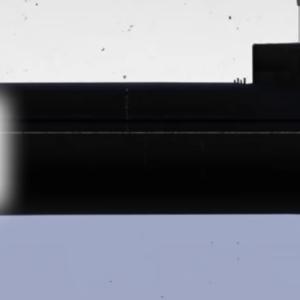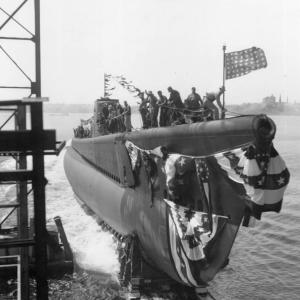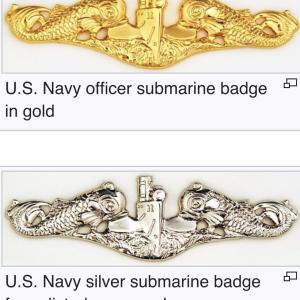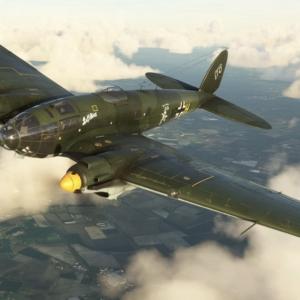
Dolphins badge of United States
the united states navy submarine warfare insignia is one of the most recognizable qualification badges in all of the american armed forces and it has held that status since the second world war. it is known informally simply as dolphins. this is because the badge features two heraldic dolphins flanking the bow of a submarine. the dolphin is not meant in the modern biological sense. in the 19th century american and british naval heraldry, the dolphin was portrayed as a mythic sea creature, part classical fish monster and part legendary protector of mariners. this european heraldic dolphin is what appears on the badge. the design was refined in 1923 and after internal naval discussion, the submarine force selected it as its warfare device. its designer was lieutenant commander mcclellan e. curtis. the navy approved it for wear in 1924 but it only became widely issued in the build up to and during world war two because the submarine force exploded in size and importance.
the badge is made by several u.s. government contracted insignia and medal manufacturers. one of the most historically large and consistent makers is vanguard industries. another is the gemsco brand in earlier eras. there have been dozens of small contract makers over the decades but vanguard has become the best-known and is one of the officially licensed providers today. the u.s. mint has historically struck some military medals but insignia like dolphins have long been private contractor production on navy order.
the difference between officers and enlisted versions is simple on the surface but important in practice. the officer version of the warfare insignia is gold in finish: a gold plated non-precious metal casting. the enlisted version is silver in finish: a silver tone, typically nickel or silver plating over base metal. this difference mirrors other u.s. navy warfare insignia traditions such as aviation wings and surface warfare devices. the badge is identical in design but the color signals the wearer’s rank group. an officer who later enters the reserves and becomes retired retains entitlement to the gold version, because you keep the warfare device in your highest earned color.
one interesting cultural note that many civilians misunderstand: the dolphins are not issued simply for being assigned to submarines. they must be earned by qualification. the qualification process has always been academically difficult, even during wartime. submarine sailors must prove they can operate and fight the boat in every compartment, under emergency casualty conditions. during world war two, the silent service lost one out of every five submarines sent to sea. the badge therefore took on a tremendous emotional meaning. crews believed profoundly that qualification mattered because training failure would mean loss of the entire boat. the badge became a mark not only of professionalism but also of membership in a fraternity that accepted extremely high risk.
another interesting point is the evolution of the submarine silhouette in the center of the badge. originally it was a generic s-boat / early diesel types silhouette. by the nuclear era, the shape has been updated to a more generic fleet boat form. but even today it does not depict a specific class. it is meant to be a timeless archetype of the american submarine. collectors of insignia can sometimes date older badges by the subtle differences of silhouette, contractor hallmark stampings on the back, or slightly different dolphin styles depending on the maker contract.
the badge has also escaped into broader naval culture. the submarine dolphins appear carved on wardroom tables, etched on plaques presented between submarines and foreign navies, and even placed on submarine memorials such as the one at pearl harbor for the lost boats of the pacific war. the dolphins became the identity of the force. when a submariner says he or she has earned their dolphins, no one in the navy asks what that means. everyone knows.
from world war two onward the american military has issued many types of insignia, but the submarine warfare device has remained one of the most unchanged in basic form. the two heraldic dolphins guarding the bow of a submarine is a design with a century of continuity and today it is awarded to sailors who complete a qualification pipeline that still demands broad technical mastery, just as it did when diesel boats stalked japanese shipping under admiral lockwood in 1943.










